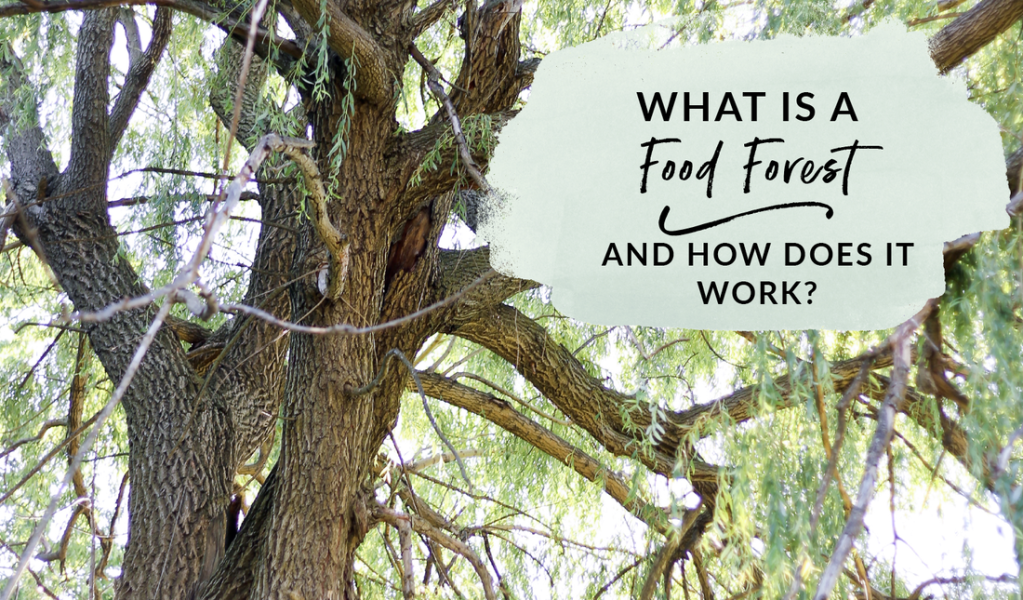Aspiring homesteaders and nature enthusiasts often dream of creating their own food forest, a self-sustaining ecosystem that combines trees, shrubs, plants, and other flora to produce an abundant harvest. Setting up a food forest requires careful planning, knowledge about permaculture principles, and of course, the right equipment and infrastructure. In this article, we will explore the essential tools and materials needed for establishing a successful food forest.
1. Permaculture Design Tools:
Before diving into any project, it’s important to have the right design tools at hand. Start by investing in a measuring tape or laser level to accurately determine distances and elevations within your land. A compass or GPS device can help you understand sun exposure patterns throughout the day while designing your food forest layout. Additionally, graph paper or software like Google SketchUp can assist in visualizing your plans.
2. Clearing Tools:
If your land is overgrown with vegetation or scattered debris needs removal before planting begins, clearing tools are crucial. Basic items such as gloves and sturdy boots are essential for safety during manual labor tasks like pulling weeds or removing rocks. Hand tools like pruners are useful for trimming branches or shrubs that may hinder access to desired planting areas.
For larger-scale clearing work, consider using a chainsaw for felling unwanted trees (if appropriate) or brush cutters to tackle dense undergrowth efficiently.
3. Earthworks Equipment:
Creating swales (long trenches on contour lines) is one common earthwork technique used in permaculture design to manage water flow within the food forest system effectively. Excavating machinery like an excavator or backhoe can speed up this process significantly when dealing with large areas of land.
4.Composting Infrastructure:
Composting plays an integral role in maintaining soil fertility within a food forest system by recycling organic waste into nutrient-rich humus. To facilitate composting on-site:
– Compost bins or tumblers: These containers help control temperature, moisture, and aeration levels in the composting process.
– Shredder or chipper: Use this equipment to break down large branches and other woody materials into smaller pieces that decompose more quickly.
– Pitchfork or garden fork: Essential tools for turning over compost piles and ensuring proper airflow.
5. Irrigation Systems:
Ensuring adequate water supply is crucial for the success of any food forest. Depending on your location and available resources, there are various irrigation options to consider:
– Rainwater harvesting setup: Install rain barrels or tanks to collect water from gutters, which can then be distributed throughout the food forest using gravity-fed drip lines.
– Well or borehole with a pump system: If you have access to groundwater sources, installing a well or borehole may provide a reliable long-term water solution. A pump system connected to drip irrigation lines can effectively distribute water across your food forest.
6. Planting Tools:
To establish healthy plants within your food forest, invest in some essential planting tools:
– Shovels and spades: Choose sturdy metal ones that can handle tough soil conditions when digging holes for trees and shrubs.
– Hand trowel: Ideal for planting smaller plants like herbs or ground covers.
– Pruning shears: Used for trimming roots during transplanting as well as regular maintenance pruning.
7. Mulching Equipment:
Mulch helps retain moisture, suppress weeds, regulate soil temperature, and improve overall soil health within the food forest. Consider these mulching tools:
– Wheelbarrow or cart: Transport bulk quantities of organic mulch material such as wood chips or straw around your site efficiently.
– Rake or pitchfork: Spread mulch evenly around plants while avoiding direct contact with stems.
8. Harvesting Tools:
The joy of a food forest lies in reaping its abundant harvest year after year! Here are some tools to assist in harvesting your fruits, nuts, and vegetables:
– Pruning shears or secateurs: Used for gentle fruit tree pruning and careful harvesting of delicate berries.
– Harvesting baskets or buckets: Carry collected produce with ease while reducing damage during transport.
Remember, the specific equipment and infrastructure needs may vary depending on the size of your food forest project and local conditions. It’s always a good idea to consult with experts or experienced permaculturists who can provide guidance tailored to your unique situation.
Creating a thriving food forest is an exciting journey that requires dedication, planning, and proper investment in equipment and infrastructure. By equipping yourself with the right tools from the beginning, you can set off on a successful path towards creating a bountiful ecosystem that will nourish both you and the environment for years to come.


Leave a comment